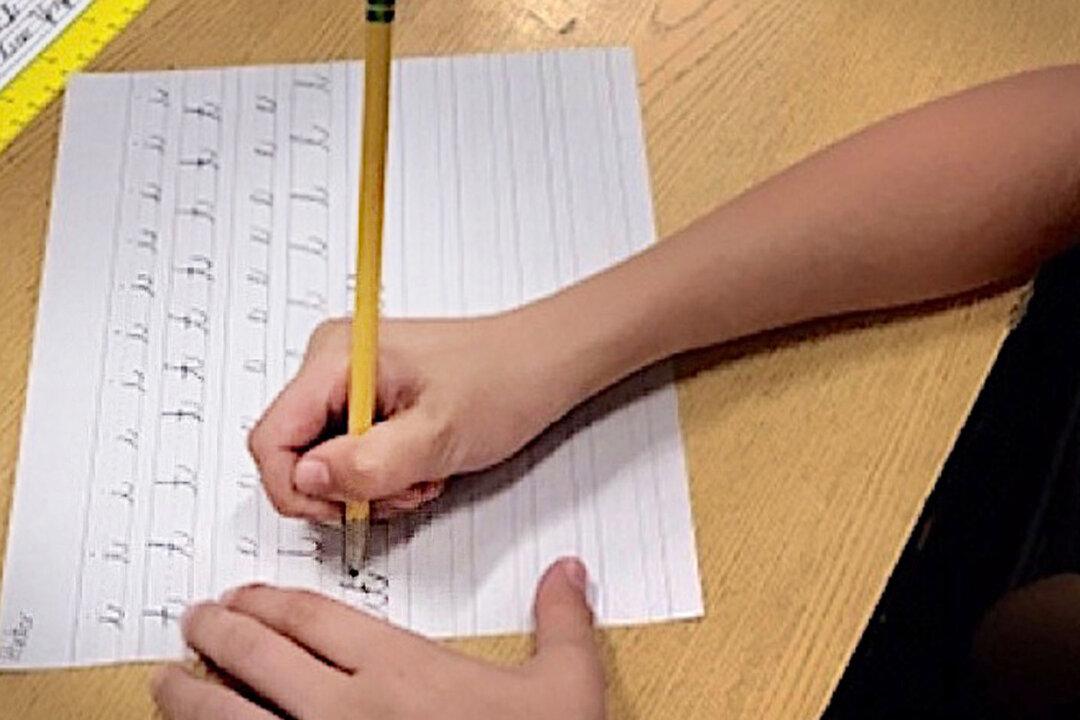The rise of the keyboard, and smart technology, has seen the tradition of handwriting fall by the wayside in most modern classrooms.
A woman in Scottsdale, Arizona, continues to keep the art of cursive writing alive, however, more than 20 years after officially retiring from teaching.






